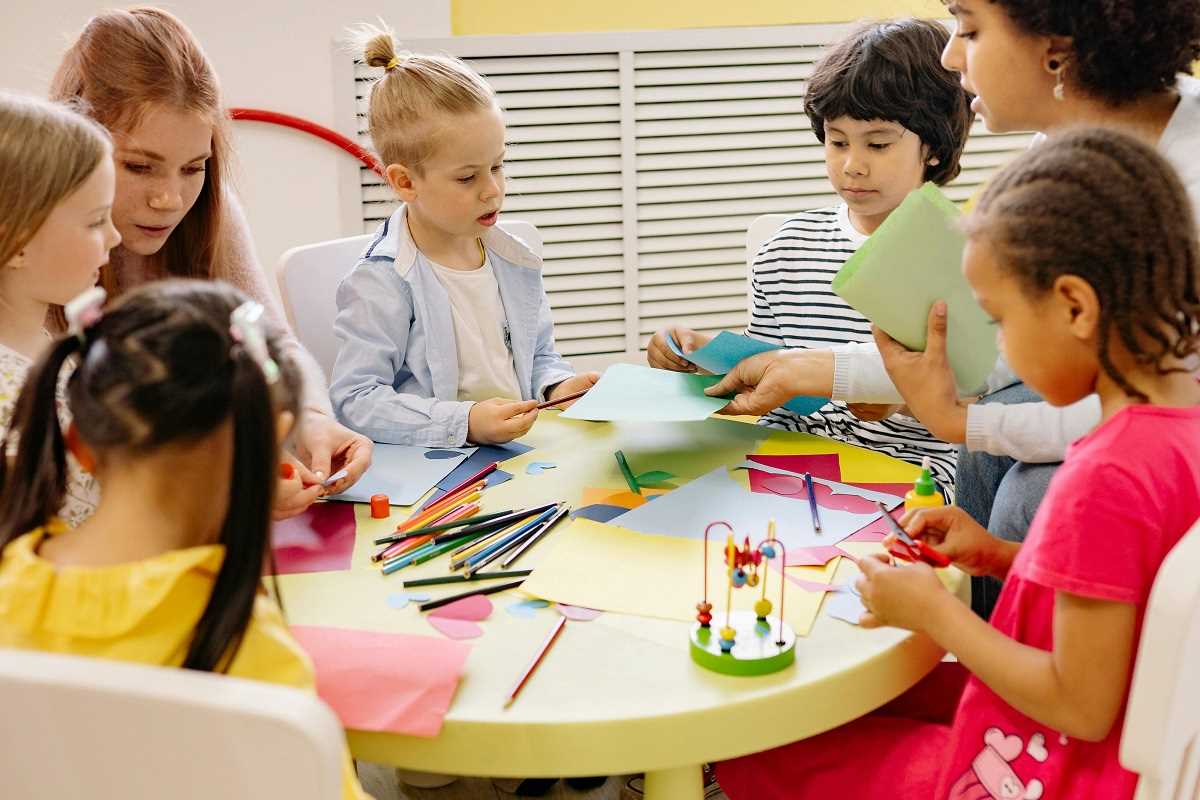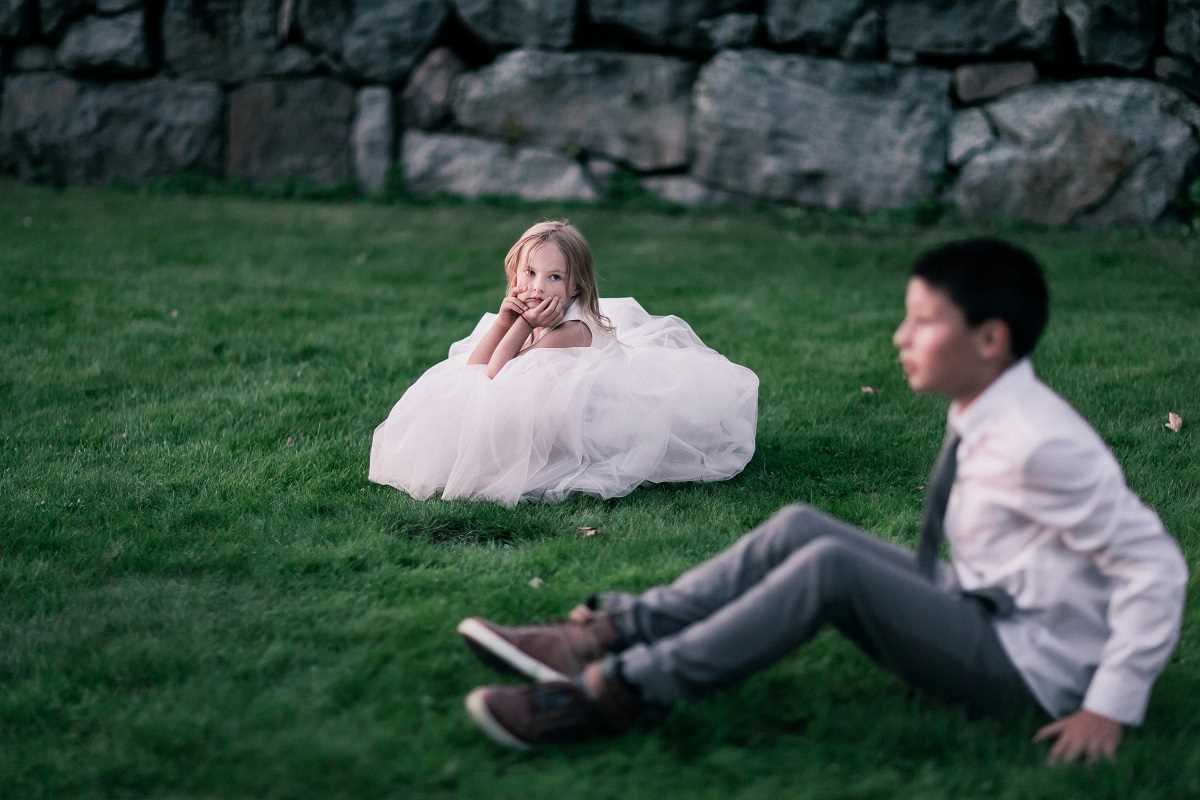When you think about classrooms, what comes to mind? Rows of desks, a teacher at the front, and students silently scribbling away on paper? Yeah, that’s the old-school version. But education has moved on—big time. From gamified lessons that feel like you’re leveling up in a video game to flipping lecture time into homework, teachers today are breaking all the traditional rules to get students excited about learning. And, honestly? It’s working.
Welcome to the world of experimental teaching methods, where creativity, innovation, and maybe even a little chaos reign supreme. Put away those dusty chalkboards, and let's take a look at some of the coolest approaches transforming classrooms and making students say, “Wait, school is actually fun?”
Project-Based Learning (aka Turning Classrooms Into Real-Life Labs)
Imagine getting to spend weeks on a project where you figure out how to solve real-world problems, instead of just cramming facts into your head. That’s project-based learning (PBL) in a nutshell. The idea is to replace boring worksheets with hands-on challenges that teach critical thinking, problem-solving, and collaboration—all while giving kids a shot at doing something they’ll actually remember.
Take, for example, the students at High Tech High in San Diego. Instead of just reading about renewable energy, they designed solar-powered devices for their local community. Kids learned about science, engineering, teamwork, and even public speaking when they presented their work. It's education that goes beyond facts and into life skills territory.
What makes PBL so powerful? You’re not just TOLD how to do something; you actually DO it. And when you’re invested in an outcome—whether that's a working robot or a community garden—you work harder (and have way more fun while you’re at it).
Why It Works:
- Students learn by doing, which means the lessons stick.
- Teamwork! Learning to collaborate helps prep kids for the real world.
- It’s impossible to fall asleep during class when you’re turning ideas into action.
Gamification (Because Who Doesn’t Love a Good Competition?)
If you’ve played anything from Fortnite to Scrabble, you know the power of games. Now imagine that same level of excitement applied to math, history, or even grammar. That’s gamification—basically, turning boring classroom stuff into epic games where students compete for points, badges, or even bragging rights.
One of the most popular examples? Kahoot!, the online quiz platform. Teachers use it to create fun, fast-paced quizzes, and students compete to get the most points. It’s like a mini-quiz show right in your classroom, minus the cheesy TV host.
Or check out Quest To Learn, a school that’s leveled up gamification. Based in NYC, it builds its entire curriculum around game mechanics. Students “level up” through mini-projects, solve complex missions, and work in teams to “win” at their lessons. Subjects blend seamlessly with storytelling and game design, which, honestly, sounds way cooler than your typical textbook.
Why It Works:
- Kids are naturally competitive and love rewards (even if it's just virtual badges).
- Gamified lessons make even algebra engaging—really.
- It taps into students’ love for play, while slyly sneaking in learning.
Flipped Classrooms (Turning Homework on Its Head)
You know how school typically works, right? The teacher lectures during class, and then you go home and try to figure out your homework on your own. Yeah, flipped classrooms said, “Nah, we’re doing the opposite.”
Here’s how it works. Teachers record their lectures or curate video lessons for students to watch at home. Then, class time is used for discussions, hands-on activities, and collaboration. Essentially, homework becomes classwork, and classwork becomes homework.
A classic success story is Clintondale High School in Michigan. After struggling with low grades and high failure rates, the school flipped its classrooms. The result? A 33% drop in failure rates and students who actually wanted to engage with their lessons.
Why It Works:
- Video lessons can be paused, rewound, and rewatched—goodbye confusing last-minute notes.
- Students walk into class ready to discuss, so lectures aren’t just one-way streets.
- Teachers can actually help you during what would've been homework time!
Technology Integration (Smartboards and Tablets and VR, Oh My!)
Technology in classrooms goes way beyond “just Google it.” From virtual reality (VR) field trips to coding projects on iPads, tech is helping teachers create experiences that would’ve been impossible a decade ago.
Take virtual field trips, for instance. Your class can “visit” the Great Barrier Reef without leaving their desks, thanks to VR headsets. Suddenly, learning about marine life doesn’t feel like flipping through a dull textbook—it feels like snorkeling.
Then there’s Teach For America alum Edmund Adjapong, who introduced hip-hop pedagogy to his science lessons. By pairing 808 beats and rhymes with the periodic table, he connected with students who weren’t big fans of traditional science. The infusion of music and tech made classes feel way more personal and approachable.
Why It Works:
- Tech makes learning feel connected to the real world kids live in.
- It bridges gaps for students who may not have access to certain opportunities (like travel).
- Honestly, it’s just fun.
Flexible Seating (Yes, There’s Magic in Beanbags and Exercise Balls)
Gone are the days of rigid rows of desks. Some teachers are ditching the traditional classroom setup for flexible seating arrangements to make education more comfortable and collaborative. Think cushions on the floor, standing desks, exercise balls, and even beanbags, giving students freedom over where and how they learn.
Why? Because some kids focus better when they’re standing. Others need a cozy corner to think. And when students feel like they have a say in their environment, they’re more likely to engage in the work.
Schools like Albemarle County Public Schools in Virginia swear by this approach. They restructured classrooms to create “learning spaces” that allow movement and flexibility. Their students? Thrilled with the newfound sense of freedom in deciding how they engage with schoolwork.
Why It Works:
- Movement keeps restless students from zoning out.
- Choice makes students feel involved in their own learning process.
- Honestly, who wouldn’t prefer a beanbag to a plastic chair?
Outdoor and Nature-Based Learning (Bringing Back Recess-Level Joy)
Some schools are literally taking lessons outdoors. Called “nature-based learning,” it’s exactly what it sounds like—teaching and learning while surrounded by trees, dirt, and maybe even the occasional squirrel.
The idea is growing quickly, especially in outdoor schools like Tinkergarten. Students learn critical thinking and environmental awareness through nature play, scavenger hunts, and hands-on discovery. Bonus? Fresh air and a change of scenery do wonders for mental clarity.
Imagine a science class where students actually collect bugs and analyze them, or a writing workshop inspired by mountain views. It’s less about avoiding screens and more about showing kids how connected we are to the world around us.
Why It Works:
- Nature has a calming impact on kids (and teachers, too, TBH).
- It’s hands-on, active, and wildly engaging.
- It gives students a unique perspective on learning beyond classroom walls.
The Impact of These Methods
Here’s the kicker—students in experimental classrooms aren’t just happier; they tend to achieve more. These methods boost engagement, foster deeper understanding, and make learning feel less like a chore and more like an adventure. Plus, they equip kids with real-world skills like teamwork, budgeting, and critical thinking—stuff they’ll actually use later in life.
But perhaps the biggest win? It breaks the monotony. When kids are excited about coming to school, education becomes something they crave, not endure.
Final Thoughts
Experimental teaching methods are flipping the script on what a classroom should look like. No more snooze-worthy lectures or uninspired worksheets. Instead, you’ve got tactile, exciting approaches that meet students where they are—whether that’s building robots, solving mysteries, or exploring virtual coral reefs.
It’s inspiring to see educators take risks and think outside the box to make sure every kid gets a chance to enjoy learning. And who knows? Maybe these methods will inspire the next generation of inventors, scientists, artists—or, at the very least, kids who aren’t afraid to raise their hands and say, “This is cool.”
 (Image via
(Image via





